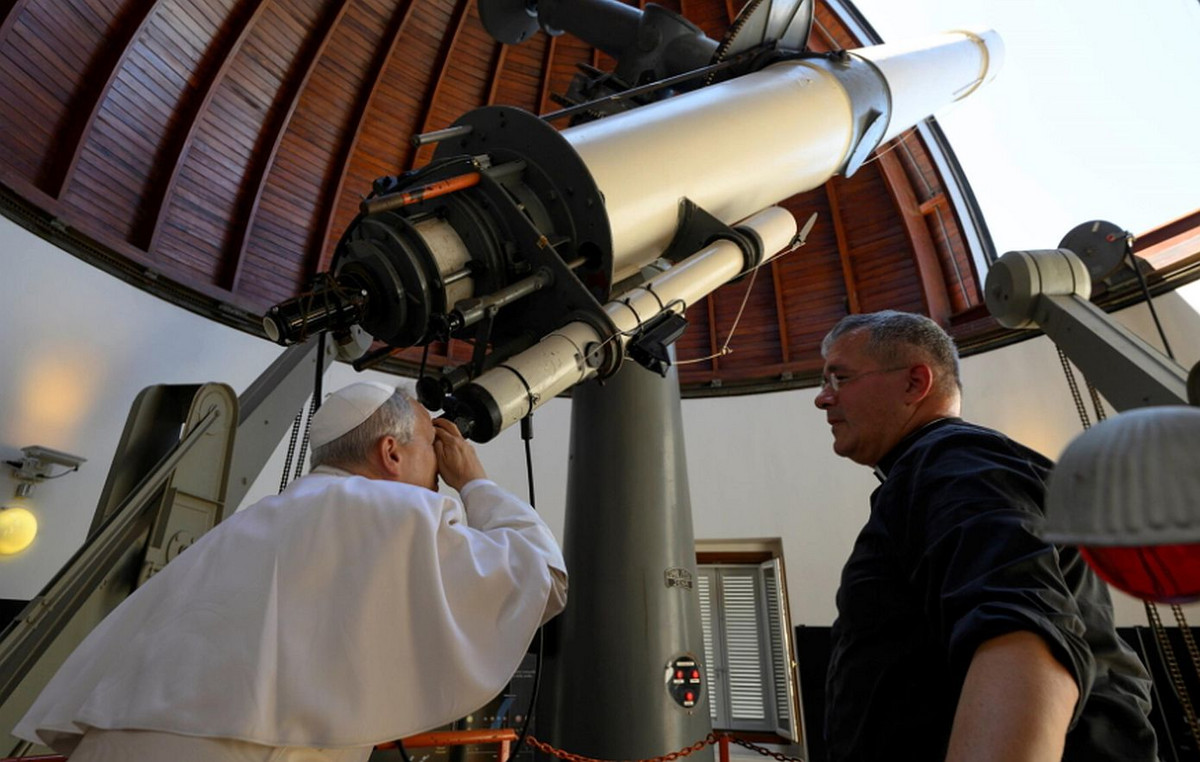Keep an eye on the sky this Monday night (13) to observe the Wolf Moon, the first full Moon of the year . Some observers may still glimpse a celestial magic trick as the Moon hides Mars in the sky .
The full Moon will reach its peak illumination this Monday, but will appear full until Wednesday morning, according to NASA.
Our satellite and Mars will form a beautiful celestial conjunction during the early hours of the morning, towards the west, in the constellation of Gemini. The celestial conjunctions occur when two or more celestial bodies appear very close together in the sky — an optical illusion, as they are separated by thousands of kilometers in space.
The times for the Moon to pass in front of Mars will vary. Check out astronomy apps to help you locate and track astronomical phenomena in the night sky.
January’s full Moon is commonly called the Wolf Moon because wolves are active this time of year and can be heard howling on cold winter nights, according to The Old Farmer’s Almanac. The origin of the name comes from the Sioux language, which describes this Moon as when “wolves run together”.
But this full Moon also has other nicknames. It is known as the Cold Moon by the Cherokee people, the Hard Moon by the Lakota, and the Whirling Wind Moon by the Passamaquoddy tribe. European names also include Ice Moon, Old Moon or Moon after Yule, originally a three- to 12-day festival that occurred in pre-Christian Europe around the winter solstice, according to NASA.
January’s full moon is also linked to the start of the Hindu pilgrimage and the 44-day Prayag Kumbh Mela festival, held every 12 years in the Indian city of Prayagraj.
The full moon will be visible around the world, weather conditions permitting.
Parade of planets
After Mars does its disappearing trick behind the Moon, look for the red planet at its closest and brightest this Wednesday (15). During January, Mars is at opposition, meaning it is directly opposite the Sun from Earth’s perspective. As the two planets travel along their orbits, Earth comes between Mars and the Sun. The red planet will shine brightly every night, according to NASA.
Look for it near the constellation Gemini every night. Mars isn’t the only planet to keep an eye on this month. Skywatchers can expect to see four bright planets at once in the night sky. Venus and Saturn will appear in the west, Jupiter will shine overhead, and Mars will appear to appear in the east.
Venus and Saturn will slowly appear to approach each other in the night sky forming yet another celestial conjunction, which reaches its peak on January 20th. Uranus and Neptune will also be visible, albeit with the help of binoculars or telescopes, according to EarthSky.
While some might be quick to call this parade a special alignment of the planets, there’s nothing unusual about it — although seeing four or five bright planets in the night sky at the same time is less common. The planets always appear along a line in the sky because they all orbit the sun in a mostly flat plane called the ecliptic.
“The planets in our Solar System, when visible, are always in a line because they follow the path of the Sun — the ecliptic — across our sky. But they are not in a line extending, one behind the other, from the Sun in three-dimensional space,” according to EarthSky.
So enjoy the spectacle as the bright planets appear to march across the night sky this month, and if you want to glimpse even more, set up a telescope and potentially spot moons around some of these neighboring worlds.
This content was originally published in First full moon of the year coincides with astronomical spectacle of Mars on the CNN Brasil website.
Source: CNN Brasil
Charles Grill is a tech-savvy writer with over 3 years of experience in the field. He writes on a variety of technology-related topics and has a strong focus on the latest advancements in the industry. He is connected with several online news websites and is currently contributing to a technology-focused platform.







